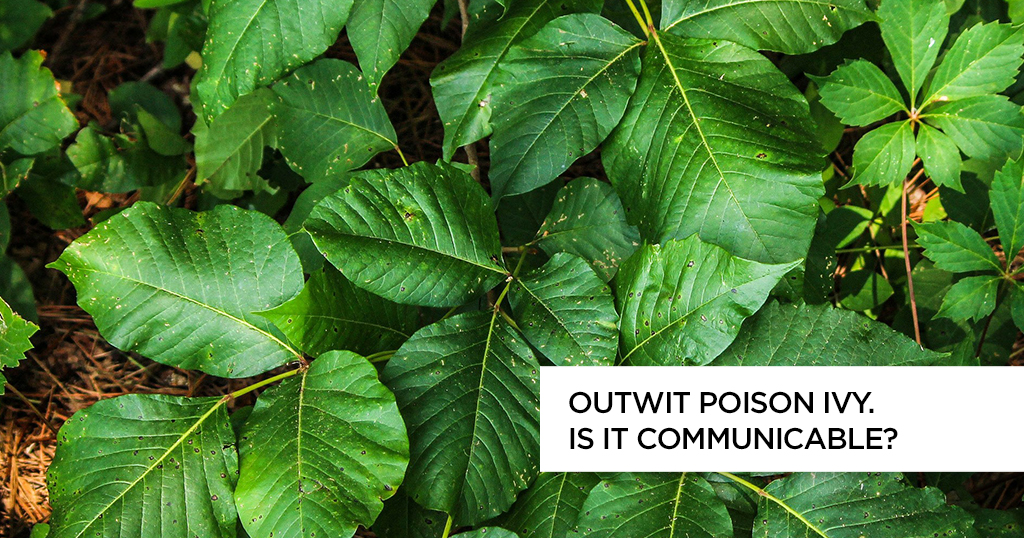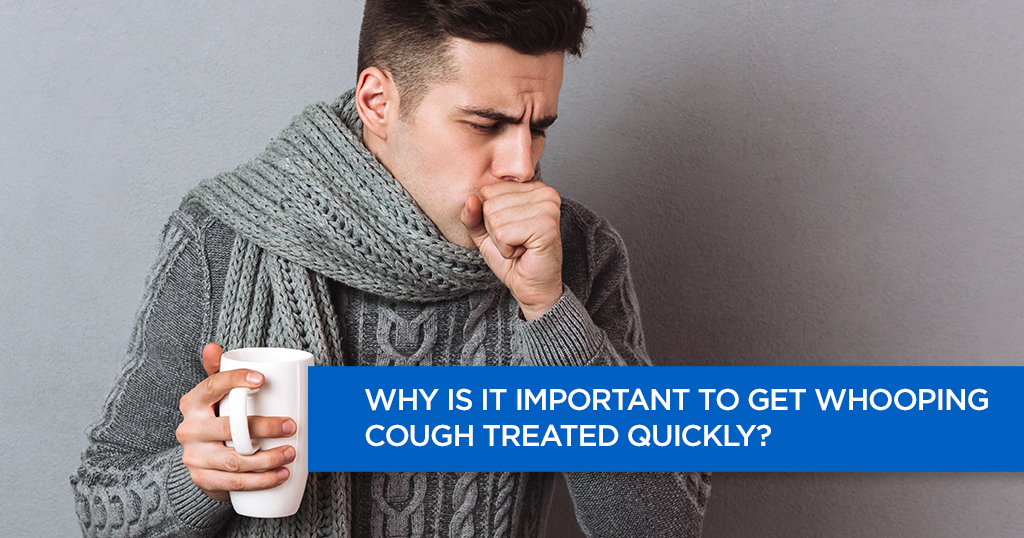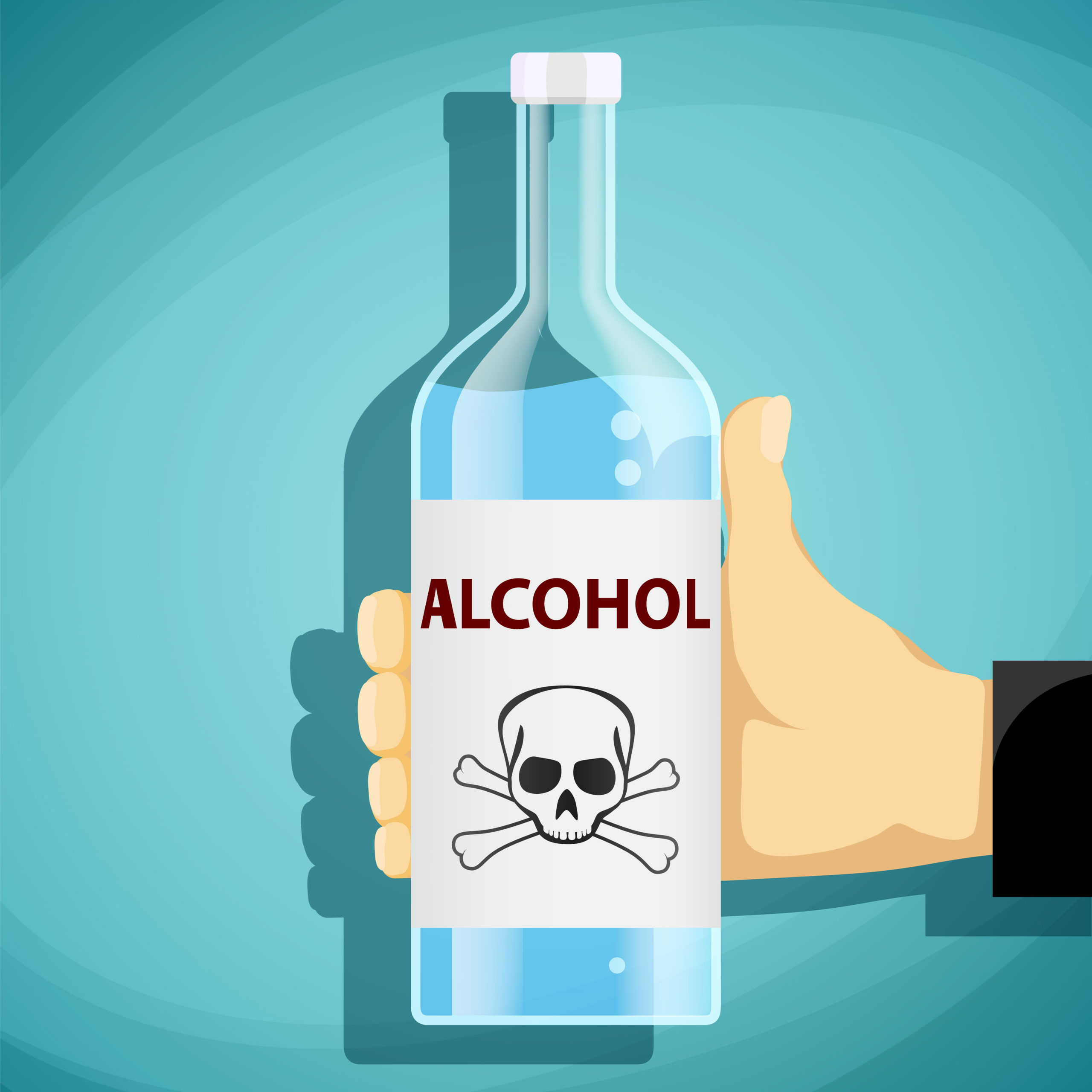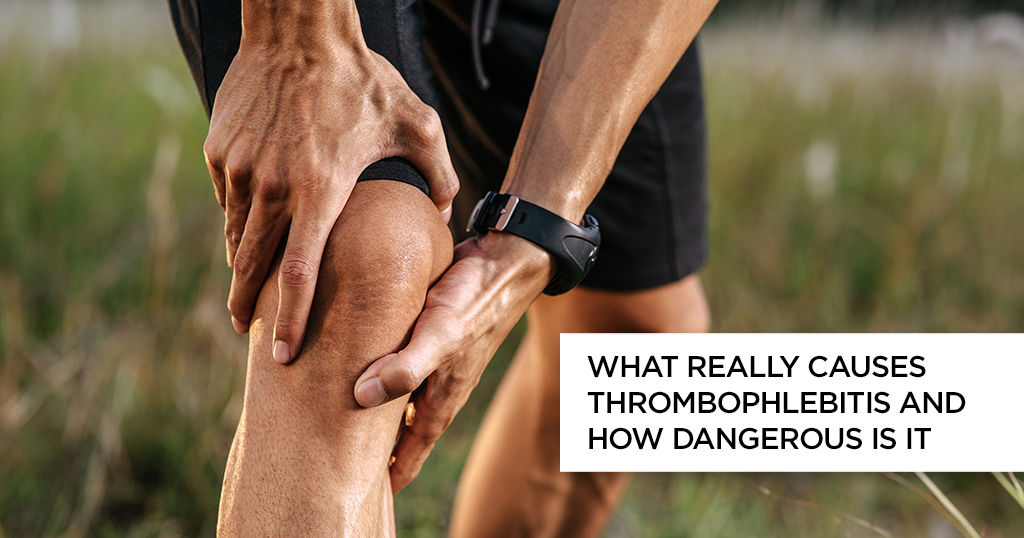Outwit Poison Ivy: Is It Communicable?


A Poison ivy rash is an allergic reaction of the skin. The rash is not communicable. The allergy is caused by direct contact with an oily resin called urushiol. The oil is in the roots, stems and leaves of poison ivy, poison oak and poison sumac.
Usually, the reaction develops 12 to 48 hours after contact with the resin. It might last for 2-3 weeks. The rash usually takes the shape of the area of contact. However, it is most commonly seen as a straight-line rash, as the plant brushes in a straight line on the skin.
If the oil is transferred through clothes or pet fur, it would cause rashes in a wider area.
The severity of the poison ivy/poison oak rash depends on the amount of urushiol transmitted. The skin patch with more urushiol on it may develop a rash sooner.
What are the symptoms of poison ivy rash?
If you are in doubt, check for the following signs and symptoms in the area of contact—redness, itching, swelling. Blisters and hives might develop in serious cases.
You may experience difficulty in breathing if you have breathed the smoke from burning poison ivy.
What causes the allergy?
The allergic reaction that occurs is a form of ‘contact dermatitis.’ The plants like poison ivy, poison sumac, and poison oak cause the skin’s response due to an oily resin present in them. It is called urushiol. It is mostly present in the plant’s leaves, stems, and roots. This resin is very sticky in consistency and adheres to any surface.
Mere contact with the plant will not cause an allergic reaction; the resin has to get in contact with the skin. The various mode of contact can be:
● Direct resin to skin contact: If you knowingly or unknowingly touch the resin of the plant, from the leaf, stem, or root. The amount of resin on your skin will further determine the severity of the allergy.
● Contamination through an object: The urushiol can contaminate through an item that had come in contact with the plant e.g., shoes. Urushiol on the surface of the object can transfer to your skin on contact and cause an allergy. This can remain potent for years if not cleaned.
● Inhaling smoke: If you burn any of these plants, the smoke released will carry the urushiol in the air and irritate your lungs. This can cause difficulty in breathing. Sometimes, this can cause damage to the nasal passage as well as your lungs.
A fact worth noting is that urushiol is the only source of the allergy. Hence, if your allergy worsens to develop blisters, you need not worry about contamination through it. The blister fluids cannot cause allergy. So, you cannot get it from another person.
What are the associated risk factors?
You are at a higher risk for exposure to poison ivy if you frequently go outdoors for activities such as:
● Farming
● Forestry
● Landscaping
● Gardening
● Firefighting
● Construction
● Camping
● Fishing
It is recommended not to scratch the poison ivy rash. Doing so can cause infection due to the bacteria in the nails. If the condition worsens, it might cause pus formation. If you witness pus oozing out of the blisters, then you should consult a doctor.
How to treat a poison ivy rash?
It can either be treated at home or with a professional help.
1. Home remedies: If you come into contact with a plant like poison ivy, wash the exposed skin immediately. Wash all the clothes that came in touch with the plant oil. Typically, the rash goes away after a few weeks on its own. You can try topical treatments at home like applying calamine lotion, taking oatmeal baths, applying a mixture of water and baking soda, or a wet-cold compress.
2. Professional help: If you already tried the above home remedies and there was no marked improvement, you may need to see a doctor. So, you need to seek professional help if you notice any of the following:
● The reaction is severe or widespread.
● You are having difficulty breathing because you inhaled the smoke from burning poison ivy.
● No improvement in skin swelling.
● The rash affects your genitals, eyes, or mouth
● Blisters that are oozing pus
● You develop a fever higher than 100 F (37.8 Celsius).
● The rash does not get better within a few weeks, even after home treatments.
If the rash is spread wide, or results inlarge number of blisters, your treating doctor may prescribe an oral corticosteroid like prednisone. Your treating doctor may also prescribe oral antibiotics if a bacterial infection has developed at the rash site.
Request an appointment at Apollo Hospitals
Call 1860-500-1066 to book an appointment.
What are the precautionary measures against a poison ivy rash?
Follow these tips to prevent a poison ivy rash:
● Avoid these plants: Avoiding these plants is the best preventive measure. It might be useful to spend some time and learn to identify poison ivy, poison oak, and poison sumac before engaging in any outdoor activities. This way, you can protect yourself and your family from exposure.
Ensure that none of these plants are present where you go for outdoor activities. Special attention has to be paid to pets. If they are left free in the woods, they can contaminate you by the resin on their fur.
● Cover your skin: Protecting your skin can be very helpful while trekking and foresting. You can do that by wearing long socks, long boots, full pants, long sleeve shirts, and vinyl gloves.
● The plants’ effective killing: If any of these plants grow in your vicinity, you need to destroy them. Applying an herbicide or pulling them out of the ground with roots, can be beneficial. Make sure to wear heavy gloves while doing so. Afterward, thoroughly wash your hands and the gloves. Do not burn poison ivy or related plants as the smoke can cause breathing difficulty.
● Thorough soap water wash: If you somehow come in contact with the plant resins, do not panic. Gently wash the exposed skin surface with soap and water as soon as possible. This will reduce the severity of the allergy. Make sure to scrub under your fingernails too. Ideally, the wash helps the best if done within one hour.
Do the same to your pet if contaminated. Always wear long rubber gloves while bathing your pet.
● Clean contaminated objects: Sometimes, any of these plants might brush against your clothes. You need to be watchful and take necessary actions. If so occurs, wash your contaminated clothing promptly with detergent in a washing machine.
● Apply a barrier cream: Try skin products that are available over-the-counter that can be a barrier between your skin and the oily resin responsible for a poison ivy rash.
Frequently Asked Questions
Q. What does it look like when you get poison ivy rashes?
A. It develops a rash in the area of contact, generally in a straight line. A ‘Skin Rash’ is a temporary outbreak of red, bumpy, scaly, or itchy skin patches, possibly with blisters or welts.
Q. How do you cure poison ivy rashes fast?
A. You should wash the affected area immediately. You can apply calamine lotion, taking oatmeal baths, use a mixture of baking soda and water, or try a wet-cold compression.
Q. How long does poison ivy rash last?
A. Usually, the rash develops 12 to 48 hours after contact with the ivy poison. It might last for 2 to 3 weeks.
Q. How long does poison ivy stay on clothes?
A. If the contaminated clothes are not washed, the urushiol can still cause a skin reaction years later.
Q. Can poison ivy spread on your body?
A. It is not contagious and affects if there has been only direct contact with the urushiol. A poison ivy rash, even one with open blisters, would not spread to other areas of the body.
© Copyright 2024. Apollo Hospitals Group. All Rights Reserved.
 +91 8069991061
Book Health Check-up
Book Health Check-up
Book Appointment
Book Appointment
+91 8069991061
Book Health Check-up
Book Health Check-up
Book Appointment
Book Appointment







